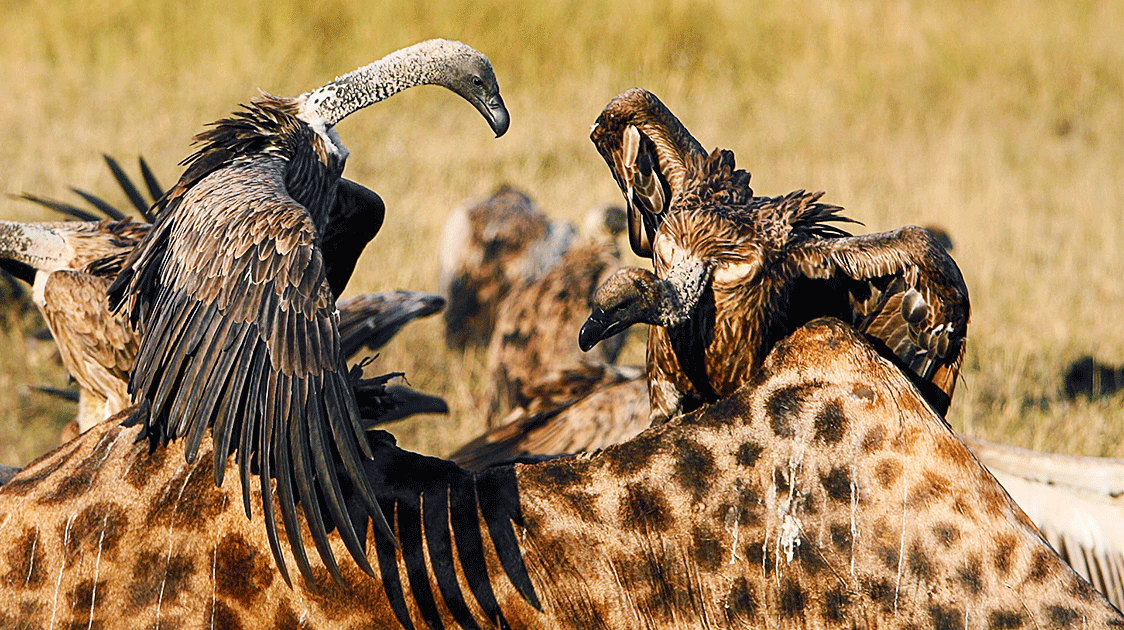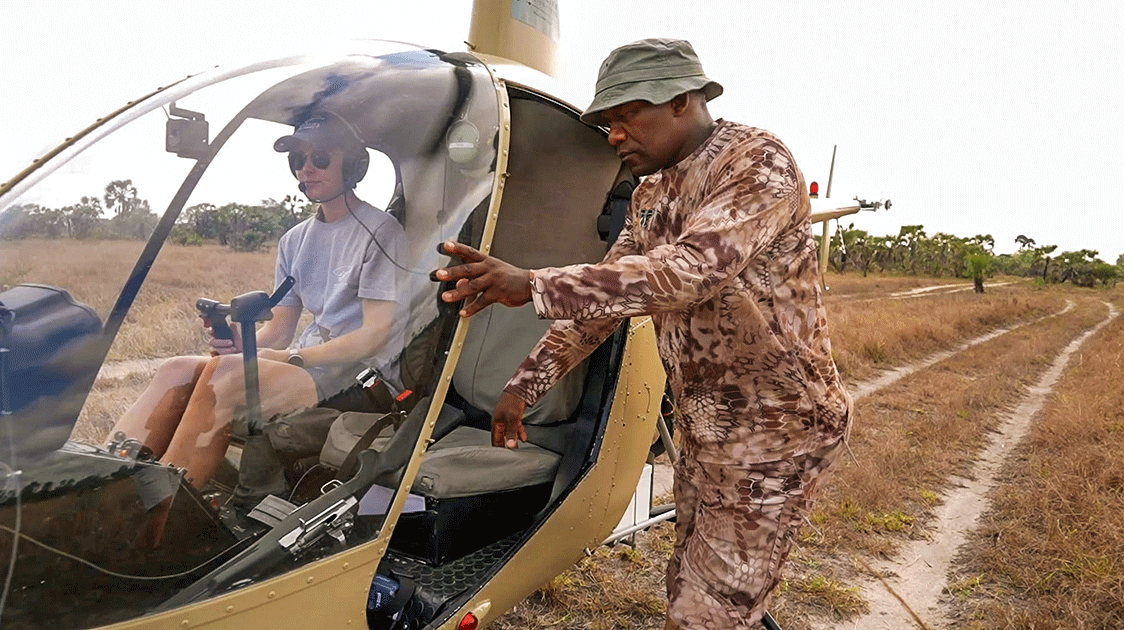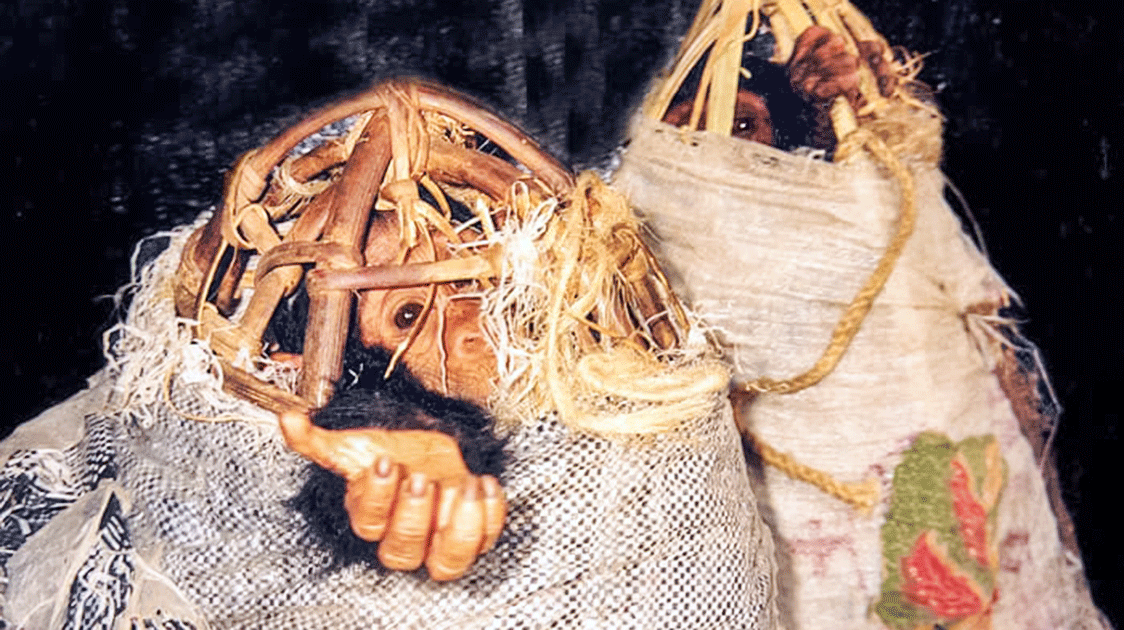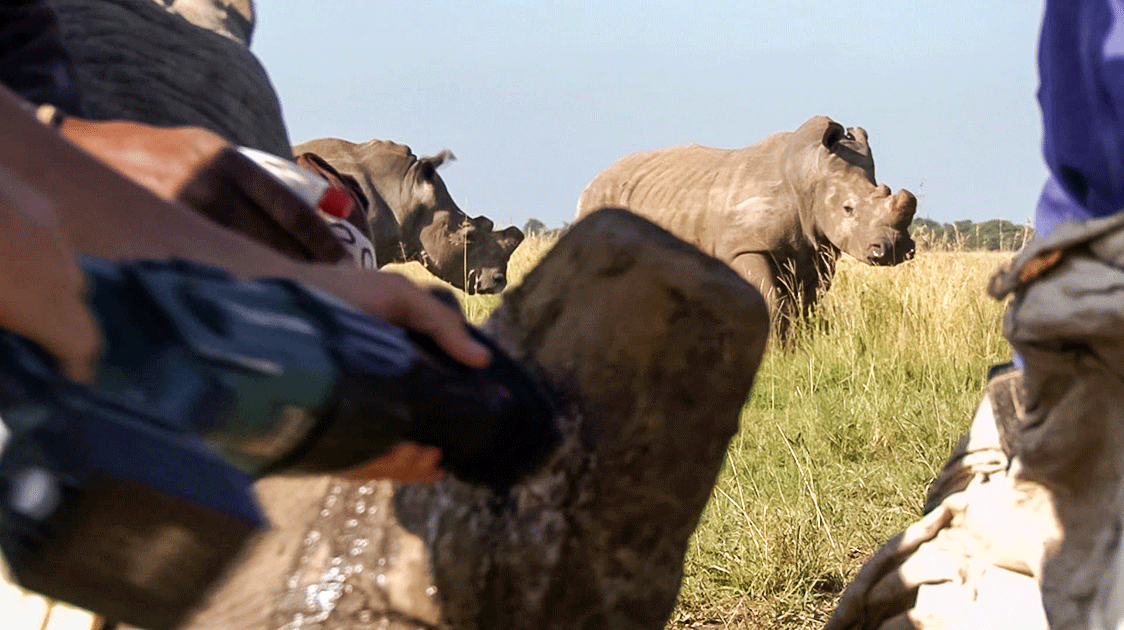What is "Conservation Triage"?

The concept of triage originates from medicine, specifically military and emergency medical contexts. The term "triage" comes from the French word "trier," which means "to sort" or "to select."
Conservation triage is a concept used in biodiversity conservation that involves prioritizing conservation efforts and resources towards species, ecosystems, or areas most likely to benefit from intervention.
Unfortunately, resources available for conservation are limited, so saving all species or habitats is tricky. Conservation triage helps decision-makers allocate resources more effectively by focusing on the most critical and actionable conservation targets.
The key elements and considerations in conservation triage are:
- Prioritization
This process typically considers factors such as the likelihood of success, the cost of intervention, the degree of threat, and the ecological significance of the species or habitat.
- Criteria for Decision-Making
- Threat Level: Species or ecosystems that are most critically endangered are often prioritized.
- Likelihood of Recovery: Projects with a higher chance of success and potential for recovery are favored.
- Cost-Effectiveness: The resources required for conservation actions are assessed, with a preference for actions that provide the most significant benefit for the least cost.
- Biodiversity Value: Species or habitats that play a crucial role in their ecosystems or have high biodiversity value might be prioritized.
- Ethical Considerations
Triage decisions often involve difficult moral choices. The process requires balancing the urgency of saving critically endangered species with the practicality of investing in projects with higher chances of success.
Ethical considerations might also involve stakeholder values and the cultural significance of species or habitats.
- Dynamic and Adaptive Process
Conservation triage is not a one-time decision but an ongoing, adaptive process. Priorities may be reassessed and adjusted as new information becomes available and conditions change.
- Examples in Practice
- Species Prioritization: Conservation organizations might focus on protecting flagship species that can rally public support and funding or keystone species that disproportionately affect their ecosystems.
- Habitat Restoration: Efforts might be directed towards restoring ecosystems critical for the survival of multiple species or providing essential services like water purification and climate regulation.
- Controversy and Criticism
While conservation triage is a practical approach to dealing with limited resources, it can be controversial.
Critics argue that it might lead to the neglect of less charismatic or less well-known species. Others worry that it might be used to justify inaction or reduced funding for conservation.
Conservation triage is a strategic approach aimed at maximizing the impact of conservation efforts under resource constraints. It requires careful evaluation of priorities, potential outcomes, costs, and ethical considerations to ensure conservation actions are as effective and beneficial as possible.
One aspect that is often disregarded in the discussion is the concept of "if it pays, it stays". If funding for conservation can be raised through sustainable-use activities such as meat and safari hunting, critical donor funding can be directed towards projects where hunting is not an option.
What are your thoughts about conservation triage, and how does it relate to anti-poaching efforts? Leave your comments below.




Comments ()